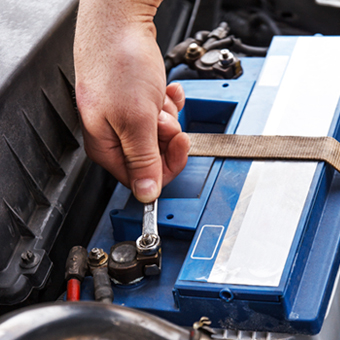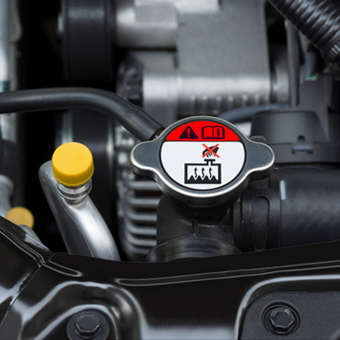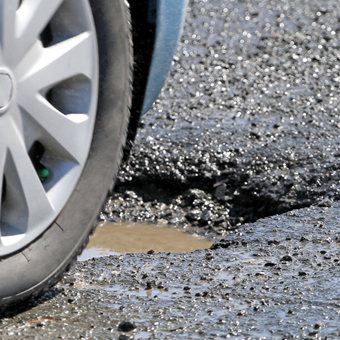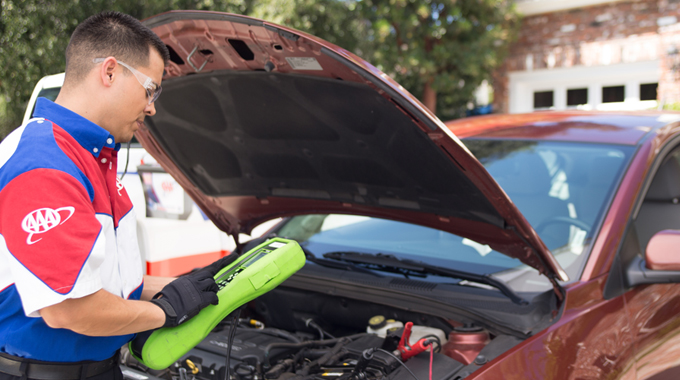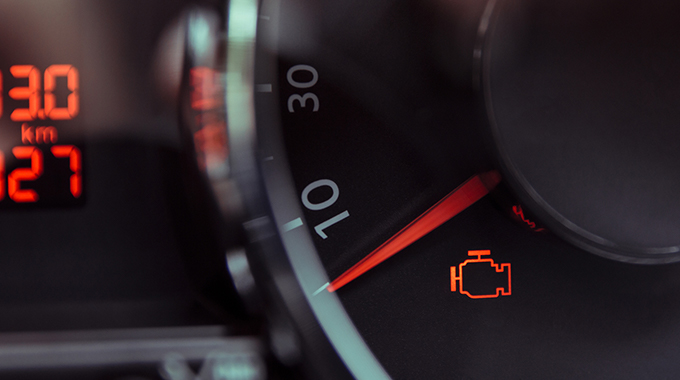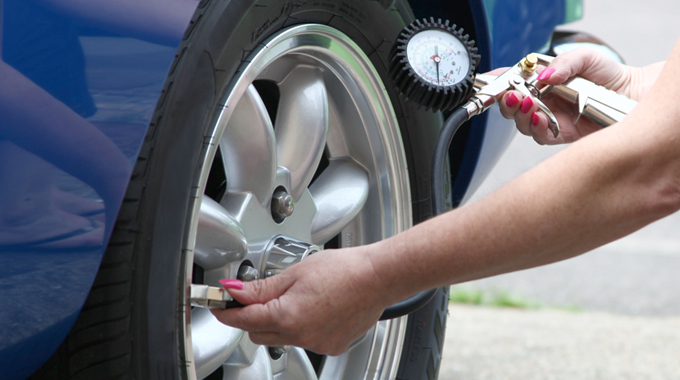A breakdown can strike any vehicle at any time. But a new analysis of Roadside Assistance requests reveals that some vehicles are at higher risk: Specifically, vehicles 10 years and older are twice as likely to require Roadside Assistance, and 4 times as likely to have a problem serious enough to require a tow, than a car aged 9 or newer.
It's no shock that older vehicles are more likely to encounter problems, but what may be surprising is that more than half of all cars on the road today are more than 10 years old, meaning increased risk of a serious breakdown is widespread. We look at the leading causes of breakdowns, which issues are most likely to require a tow, and what you can do to help reduce your odds of needing help on the road.


